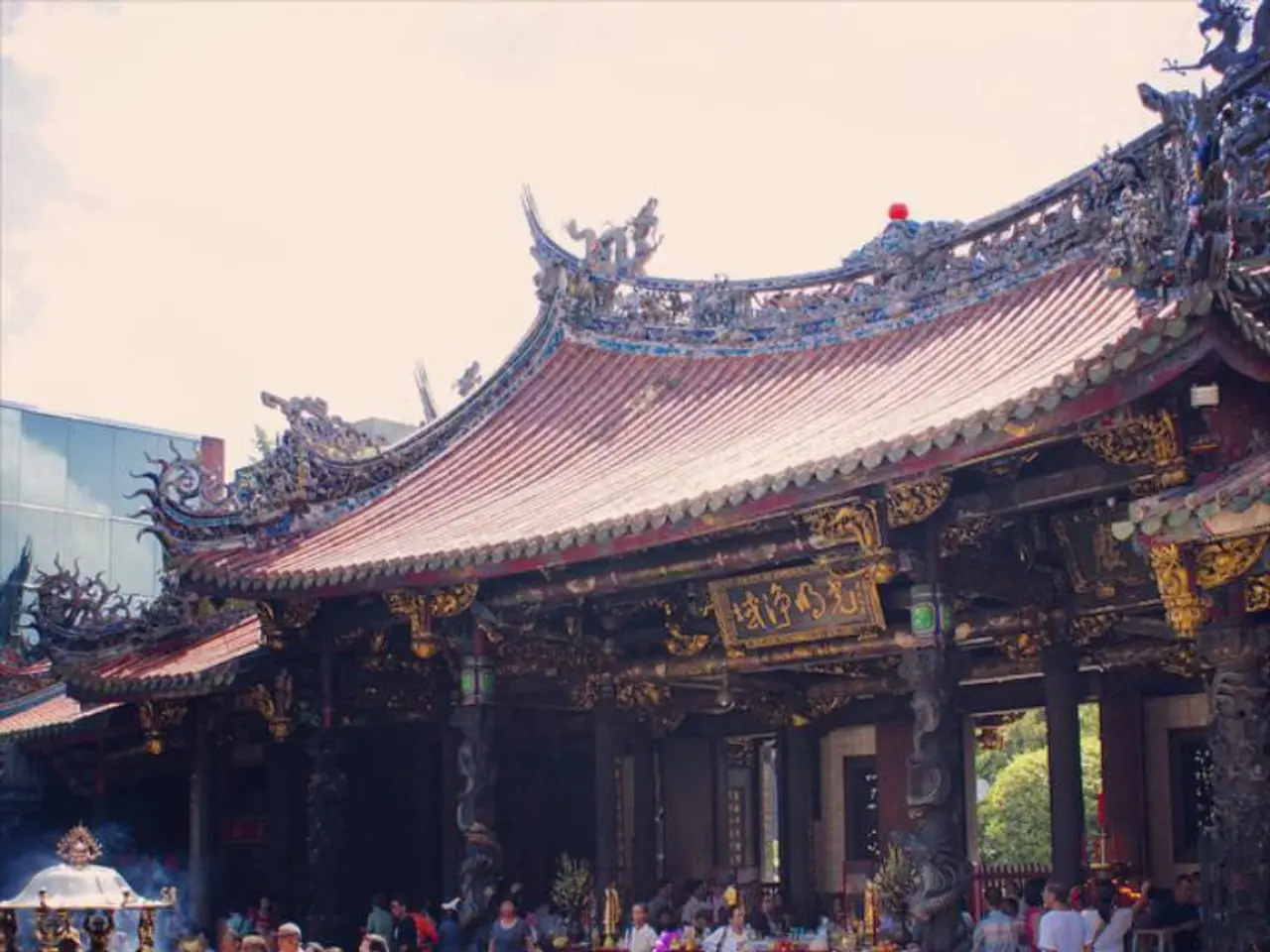Witness Ancient Celebration in Kyoto: Join Parades, Night Bazaars, and Float Illuminated Shrines for a Thousand Years of Tradition
The city of Kyoto, Japan, plays host to one of the country's most iconic and historically significant festivals – the Gion Matsuri. With origins dating back to 869 AD, this annual event spans the entire month of July, offering visitors a unique glimpse into Japan's rich cultural heritage.
### A Festival Steeped in History
Gion Matsuri began as a religious ceremony connected to the Yasaka Shrine and has evolved into a vibrant celebration of Kyoto’s rich cultural heritage over more than a millennium. The festival retains its spiritual roots, but it also embodies community cohesion and cultural pride, being recognized as one of Japan’s three greatest festivals alongside Tenjin Matsuri and Kanda Matsuri.
### The Spectacular Yamahoko Junko Floats
The festival is best known for its spectacular procession of ornate floats called Yamahoko. There are two types of floats: Yama floats, which are smaller and adorned with pine trees and tapestries, and Hoko floats, massive structures that can be up to 25 meters tall and weigh as much as 12 tons.
The festival involves two main grand processions: the Early Festival Yamahoko Junko on July 17th, featuring 23 floats, and the Latter Festival Yamahoko Junko on July 24th, featuring the remaining 11 floats. As the floats travel a roughly 3-kilometer route through central Kyoto streets such as Shijo, Kawaramachi, and Oike, they offer stunning views and a festive atmosphere filled with music and fanfare.
### Ancient Rituals and Modern Celebrations
A notable ritual during the festival is the Shimenawa-kiri, where a young boy messenger of the gods riding the “Naginatahoko” float cuts shimenawa ropes with a sword to purify the parade route. Another visual highlight is the Tsujimawashi, the dramatic turning of large floats at street corners, demonstrating the skill involved in maneuvering these massive structures.
Aside from the floats, the festival is filled with various ceremonies including portable shrine processions (mikoshi), traditional music performances, and vibrant street events such as Yoiyama, where streets are decorated with lanterns and food stalls during the evenings.
### Embracing Tradition and Welcoming Tourists
Renting a yukata, a lightweight robe, is a way to immerse oneself in Japanese festival traditions. Locals often welcome tourists to wear yukatas and provide guidance on how to wear them respectfully. To avoid the busiest times at the festival, consider visiting the floats in the afternoon.
### Reaching Kyoto and Exploring Beyond the Festival
The most convenient way to reach Kyoto is via Japan’s railway system, with the Tokaido Shinkansen connecting major cities such as Tokyo, Osaka, and Nagoya to Kyoto. Once in Kyoto, visitors can explore Maruyama Park, a quieter spot where one can relax, enjoy a snack, and decompress from the excitement of the festivities.
The night celebrations before the parades allow visitors to try Kyoto’s regional specialties such as okonomiyaki, yatsuhashi, kakigori, and chimaki, which are tied to specific floats and meant to ward off misfortune.
In summary, Gion Matsuri is a historically significant, spiritually rooted, and culturally vibrant festival featuring grand float processions, ancient purification rituals, and lively street celebrations that have been passed down for over 1,150 years. Whether you're a history buff, a culture enthusiast, or simply seeking an unforgettable travel experience, the Gion Matsuri festival in Kyoto is not to be missed.
Immersing oneself in the local lifestyle, consider renting a yukata to wear during the Gion Matsuri festival in Kyoto. In addition to traditional festivities and historical floats, travelers can explore the city's rich culture by trying regional specialties such as okonomiyaki, yatsuhashi, kakigori, and chimaki, which are tied to specific floats and play a role in warding off misfortune.




